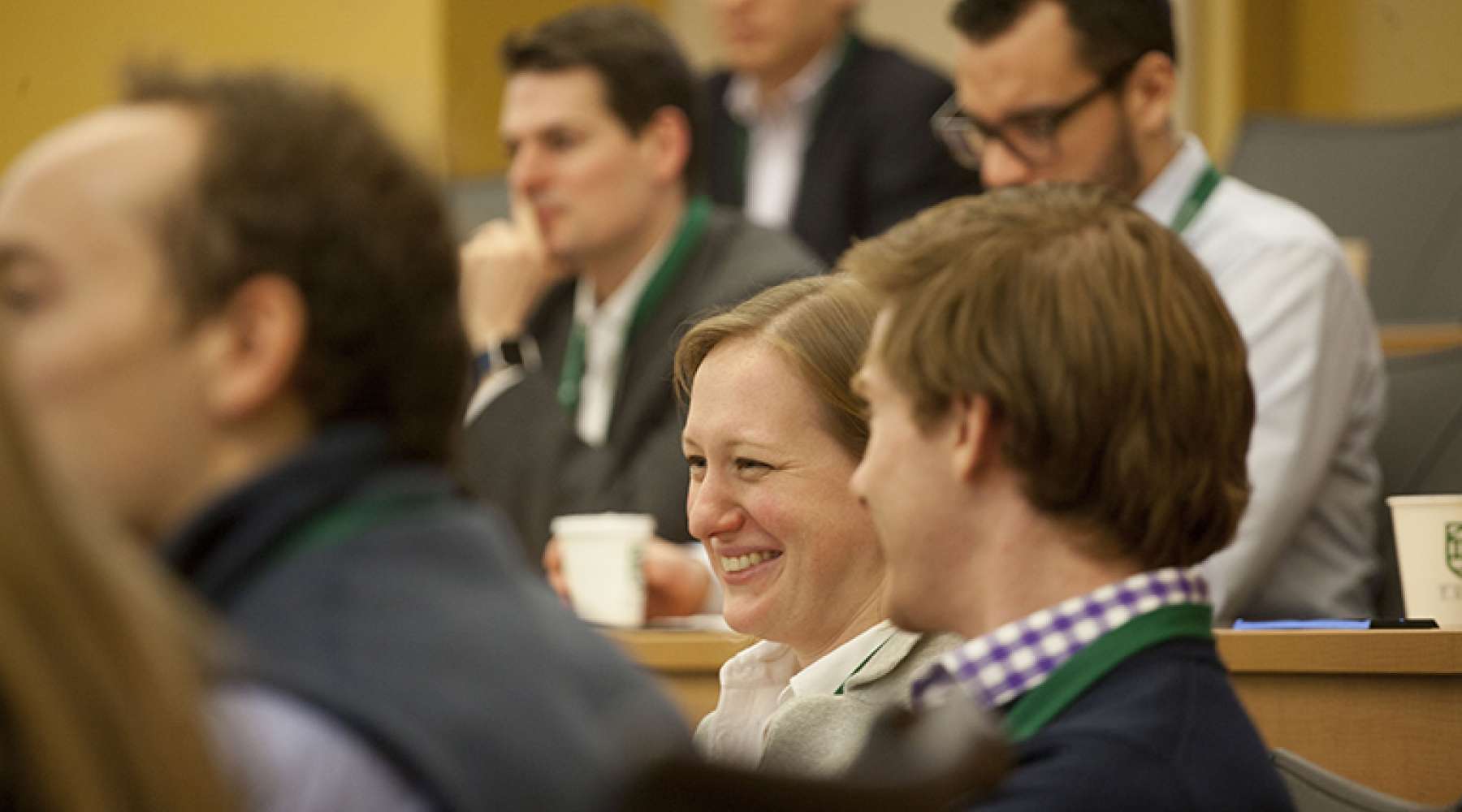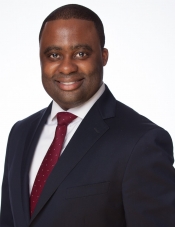
 By Darryn Lee T’19
By Darryn Lee T’19Prior to Tuck, I spent six years in asset management at BlackRock in New York City. Much of my experience there was across more vanilla asset classes like equity and fixed income, so one of my priorities at Tuck was to get more exposure to alternative asset classes like private equity and venture capital. Couple that with my interest in learning more about the social impact side of investing, and that was what led me to the Impact Investing Learning Program (IILP) at Tuck. A co-curricular program jointly run by the Center for Private Equity and Entrepreneurship (CPEE) and the Center for Business, Government & Society (CBGS), IILP provides Tuckies a comprehensive overview of early-stage impact investing strategies. Additionally, some of us were selected to participate in the MBA Impact Investing Network & Training (MIINT) competition, an experiential opportunity to build on what we learned in IILP, and compete at Wharton against 25 global business schools for up to $50K in seed capital for an early-stage company that we complete diligence on. Each team is also provided an adviser to ensure that we deliver our best during the competition—my team’s adviser is Joanne Gan, a social impact fund manager at Deutsche Bank.
IILP is broken into seven sessions that run an hour and 15 minutes apiece, and are led by practitioners, many of whom are Dartmouth and/or Tuck alumni. The flow of the sessions is analogous to how an investment process would be structured, where you begin with understanding the industry and how to evaluate/measure investment opportunities and impact, followed by deal sourcing and due diligence, then ending with understanding how to dissect a company’s capital structure and understand term sheets. I found one of the more impactful sessions to be on management assistance with Amy Houston T’97, managing director at the Robin Hood Foundation. Amy walked us through the Basic Logic Model, which assesses an organization’s inputs, activities, outputs, and then outcomes, to establish a holistic view of the impact the organization is seeking to accomplish. Furthermore, she provided some insight into a benefit/cost ratio calculation, which gives us a quantitative metric for analyzing how impactful a given amount of capital would be.
Another standout session focused on Due Diligence, and was led by Greg Neichin D’99, director at Ceniarth LLC, a family office focused on funding market-based solutions that directly benefit underserved communities. This was the first session that provided a deep dive into a firm’s philosophy and process, and how they go about assessing social and financial impact through capital allocation decision trees. All the IILP sessions helped to inform the way we developed our own investment philosophies and sourcing strategies for the MIINT competition. I believe I can speak for many of us in saying that we now have a much better understanding around how to excel in this competition and, beyond the competition, how to think more like an impact investor to optimize both social and financial returns.
Daniella Reichstetter T’07, CPEE’s executive director of entrepreneurship (and one of three advisers to the IILP program, along with Executive Director of CBGS Merritt Patridge T’13 and Senior Fellow of CBGS Curt Welling D’71, T’77), shared her perspective on the IILP program.
“Curt, Merritt, and I created this program in response to growing student demand. Our goal is to bring in a variety of professional perspectives on early-stage impact investing, in addition to our own,” says Reichstetter. “Given the tremendous growth—and sometimes questionable clarity—in this investment class, our program helps illuminate and tackle challenging and exciting topics like creating an investment thesis and balancing impact with financial returns. Open to both first- and second-years, the IILP program includes students who are new to early-stage impact investing, as well as those with experience, including the student directors on the Tuck Social Venture Fund, who invest real money into early-stage mission-drive, for-profit companies. Working with Darryn and the other 40+ students in the program has been a highlight of the fall semester for me.”